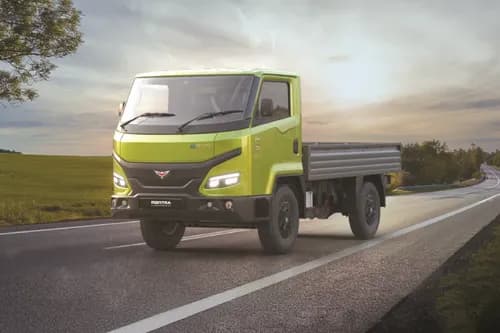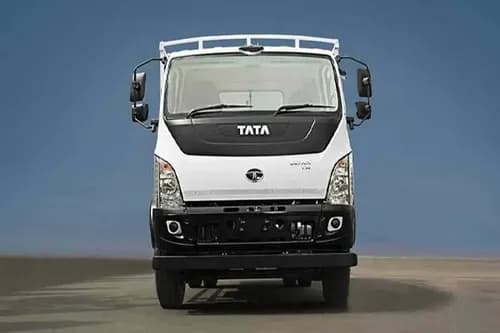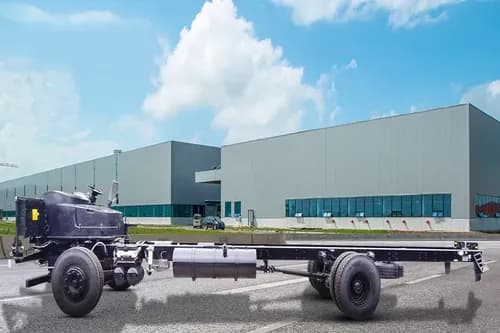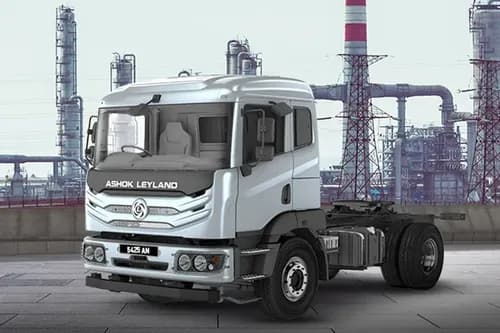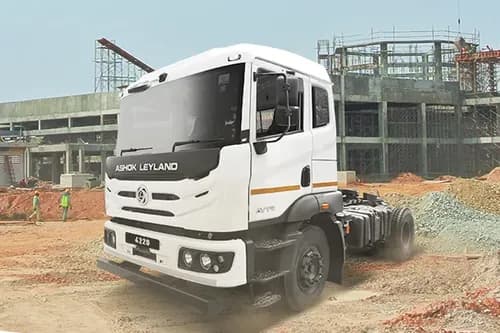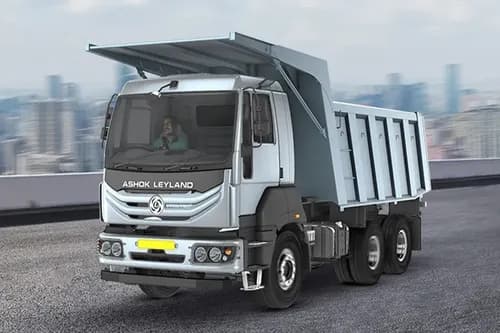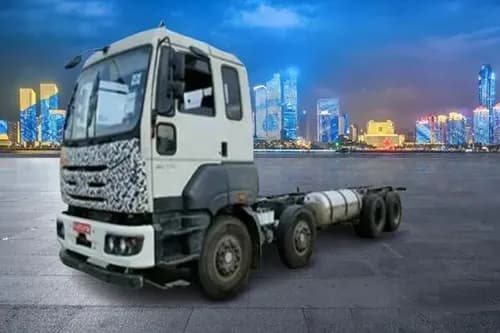Ad
Ad
Discover How PM E-Drive Scheme Will Boost EV Adoption in India
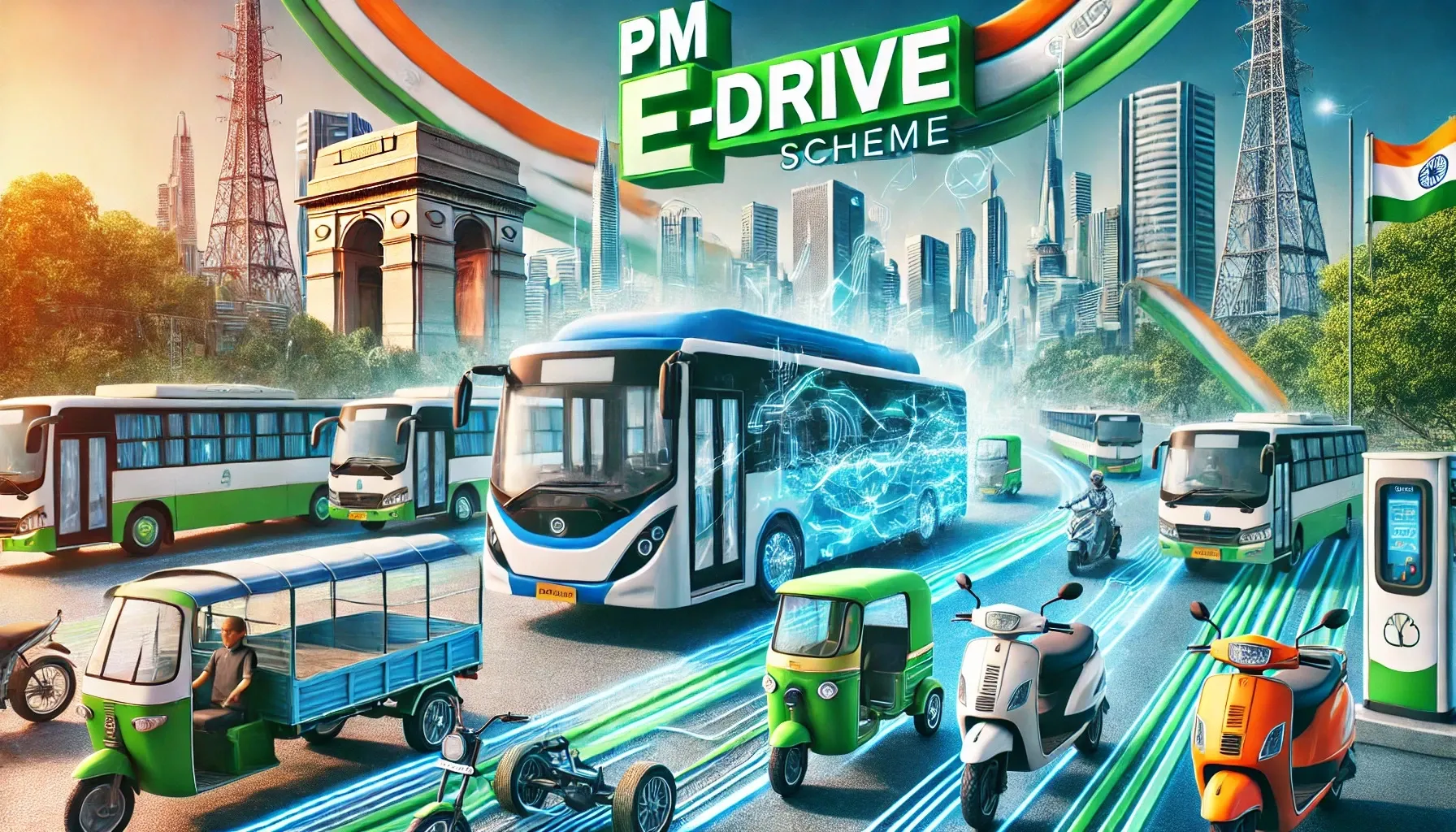
The Government of India has announced the PM Electric Drive Revolution in Innovative Vehicle Enhancement (PM E-Drive) project, which aims to create a cleaner and more sustainable future.
This project, led by the Ministry of Heavy Industries, represents a fundamental shift in the country's shift to electric mobility following the expiration of the FAME (Faster Adoption and Manufacturing of Electric Vehicles) scheme.
With a budget of INR 10,900 crore split over two years, the PM E-Drive scheme aims to accelerate the adoption of electric vehicles (EVs) across a variety of sectors, including personal transportation and public services. For the first time, electric trucks in India are included in the government's electric vehicle demand incentive program under the new PM E-Drive scheme. In this article, we will discuss the key aspects of the PM E-Drive scheme.
PM E-Drive Scheme
The PM E-Drive scheme takes an all-encompassing strategy, focusing on major vehicle segments such as electric two-wheelers (E2Ws), electric three-wheelers (E3Ws), electric trucks, buses, and even e-ambulances. It also devotes major resources to developing a statewide charging infrastructure, with the target of deploying 72,300 EV charging stations to support the growing EV ecosystem.
Difference Between FAME II and PM E-DRIVE Scheme
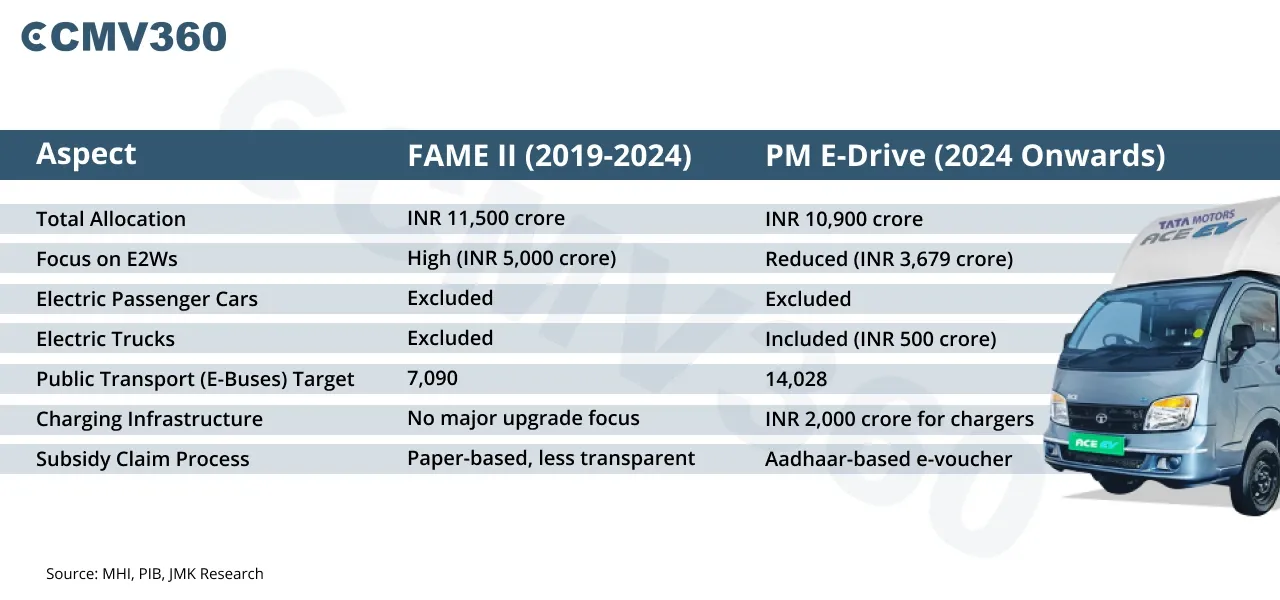
Key Highlights of PM E-Drive scheme
Subsidy Realignment for Two and Three Wheelers
The new policy reduces incentives for electric two-wheelers (E2Ws), which dominate India's EV industry, from the allocation in FAME II. The budget for E2W subsidies presently stands at INR 3,679 crore, a significant decrease from the INR 5,000 crore set aside under FAME II.
This new budget also includes electric three-wheelers (E3Ws) in India, demonstrating the government's efforts to promote broader EV adoption across several segments. However, this new structure excludes subsidies for passenger electric automobiles and commercial electric vehicles.
Electric Trucks in India
Perhaps one of the most revolutionary aspects of the PM E-Drive scheme is the inclusion of electric trucks. For the first time, electric trucks in India will benefit from government subsidies, recognizing their crucial role in reducing pollution from the transportation of goods.
The government has allocated INR 500 crore specifically for electric truck subsidies, signaling its support for manufacturers to develop cleaner and more efficient heavy vehicles.
The incentives will only be available to consumers who purchase an electric truck in India with a Certificate of Deposit (CD) obtained after scrapping an old vehicle. This scrapping mandate is seen as a boost to the government’s Vehicle Scrappage Policy, which aims to reduce carbon emissions by encouraging the scrapping of older, polluting vehicles. In India, Trucks are a major contributor to pollution due to their large numbers and frequent usage.
This inclusion marks a significant milestone in India's EV journey, especially considering the high emissions from traditional diesel-powered trucks. By incentivizing the production and adoption of electric trucks, the government aims to not only curb pollution but also improve the efficiency and sustainability of logistics in the country.
Electric Buses for Pollution Free Cities
The PM E-Drive scheme allocates INR 4,391 crore for the procurement of 14,028 electric buses in India, which will be used by state transport undertakings (STUs) and public transport agencies.
This move represents a major step toward reducing pollution by transitioning public bus fleets to electric. The plan aims to minimize pollution and fossil fuel usage by supporting the transition from diesel and CNG buses to e-buses, while also cutting PTA operational costs.
Recognizing the high initial cost of e-buses, the concept promotes the adoption of a public-private partnership approach. By focusing on electric buses in India, the government is also aiming to provide a more sustainable and efficient public transportation system.
E-Ambulances: A New Frontier in Healthcare Mobility
The PM E-Drive scheme also breaks new ground in healthcare by introducing subsidies for electric ambulances. A budget of INR 500 crore has been set aside for the development and deployment of these eco-friendly ambulances.
E-ambulances offer a greener alternative to conventional ambulances, which rely on fossil fuels. They are designed to provide more comfortable, reliable, and environmentally friendly transportation for patients.
This initiative is being coordinated with the Ministry of Health and Family Welfare (MoHFW) and the Ministry of Road Transport and Highways (MoRTH), setting new performance and safety standards for healthcare mobility.
The introduction of e-ambulances could greatly enhance emergency medical services, particularly in urban areas where reducing air pollution is critical.
Aadhaar-Based E-Voucher System for Transparency
One of the critical lessons learned from the FAME scheme was the need for greater transparency in subsidy distribution. To address concerns regarding subsidy misappropriation, the PM E-Drive scheme introduces an Aadhaar-based e-voucher system.
Each eligible EV buyer will receive a digital voucher, authenticated by Aadhaar, which will be submitted to the dealer and uploaded to the PM E-Drive portal.
This system is designed to streamline the subsidy process, ensuring that the funds reach the intended beneficiaries while minimizing the possibility of fraud or misuse.
By leveraging India's Aadhaar infrastructure, the government aims to make the subsidy process more efficient and transparent for consumers and manufacturers alike.
Public Transport and Charging Infrastructure: The Backbone of the Scheme
While individual EV ownership remains an important focus, the PM E-Drive scheme places a strong emphasis on public transport and expanding charging infrastructure.
These two areas are seen as key to achieving the long-term goals of the initiative, as they address some of the biggest challenges to EV adoption: the high cost of electric vehicles and the limited availability of charging stations.
Boosting Charging Infrastructure
To support the growth of electric mobility, the government has allocated INR 2,000 crore to expand the country's EV charging network. A lack of adequate charging infrastructure has long been one of the biggest barriers to EV adoption.
The PM E-Drive scheme plans to address this by installing 72,300 charging stations for different types of vehicles, including two-wheelers, three-wheelers, four-wheelers, and buses.
These stations will be strategically located in urban centers and along highways, ensuring that EV users have access to reliable and convenient charging points. The expansion of this infrastructure will not only benefit private EV owners but also facilitate the broader adoption of electric public transport and commercial vehicles.
A Strategic Shift Towards a Sustainable Future
The PM E-Drive scheme marks a strategic shift in India’s approach to electric mobility. By reallocating subsidies away from personal electric cars and focusing instead on public transport, electric trucks, and charging infrastructure, the government is taking a targeted approach to achieve maximum impact.
This approach reflects a broader vision of sustainable urbanization, where reducing pollution and improving air quality are priorities.
One of the standout features of this scheme is the inclusion of sectors that have traditionally been overlooked in the push for clean energy.
Electric trucks and e-ambulances, for example, represent areas where the benefits of transitioning to electric power are especially pronounced.
These vehicles are often used intensively and contribute disproportionately to air pollution. By incentivizing their adoption, the PM E-Drive scheme is tackling some of the most critical sources of emissions on Indian roads.
As India continues its journey toward a more sustainable future, the PM E-Drive scheme stands as a testament to the government’s commitment to addressing environmental and infrastructural challenges head-on. By promoting electric public transport, investing in charging infrastructure, and ensuring transparency in subsidies, the scheme aims to drive innovation and efficiency in the EV market.
With its strategic investments and a future-oriented approach, India is well-positioned to become a global leader in the electric mobility revolution. The PM E-Drive scheme not only supports the growth of the EV sector but also reinforces the nation's resolve to reduce its carbon footprint and embrace a cleaner, greener future.
Also Read: Benefits of Buying Electric Vehicles In India
CMV360 Says
The PM E-Drive scheme is a positive move toward making India's transportation cleaner. Focusing on electric buses, trucks, and charging stations, the government addresses pollution in critical areas. This plan can help reduce emissions and improve public transport. However, the success of this initiative will depend on how well it’s implemented and supported over time.
Features & Articles
How to Improve Electric Truck Battery Range: Tips & Tricks
In this article, we will explore several tips and tricks to improve the battery range of electric trucks in India....
05-Mar-25 10:37 AM
Read Full NewsTop 5 Tata Signa Trucks in India 2025
Looking to buy the best Tata Signa truck in 2025? Check out the Top 5 Tata Signa Trucks in India 2025 with all the details on pricing, features, and options to help you m...
03-Mar-25 07:52 AM
Read Full NewsRe.Wi.Re by Tata Motors: Smart Way to Dispose of Your Old Vehicle
Are you looking to buy a new truck but worried about your old one? Not getting the right value for your vehicle? Want to dispose of your truck responsibly? Don’t worry—Ta...
27-Feb-25 08:42 AM
Read Full NewsBest 5 Features of Tata 712 SFC Truck in India
The Tata 712 SFC comes with a dual-circuit full-air S-cam braking system. Here are the Best 5 Features of Tata 712 SFC Truck in India...
24-Feb-25 12:39 PM
Read Full NewsTop 5 Tata Ultra Trucks in India 2025: Price, Features And Specifications Explained
The Tata Ultra range offers modern and stylish trucks. In this article, we have listed the Top 5 Tata Ultra Trucks in India 2025 with their price, specifications and feat...
17-Feb-25 06:24 AM
Read Full NewsBest Three-Wheelers Showcased At Auto Expo 2025
If you are interested in buying three-wheelers or want to learn more about the latest features and technologies in three-wheelers, this article is for you. ...
14-Feb-25 12:36 PM
Read Full NewsAd
Ad
Registered Office Address
Delente Technologies Pvt. Ltd.
M3M Cosmopolitan, 12th Cosmopolitan,
Golf Course Ext Rd, Sector 66, Gurugram, Haryana
pincode - 122002
Join CMV360
Receive pricing updates, buying tips & more!
Follow Us
COMMERCIAL VEHICLE BUYING BECOMES EASY AT CMV360
CMV360 - is a leading commercial vehicle marketplace. We helps consumers to Buy, Finance, Insure and Service their commercial vehicles.
We bring great transparency on pricing, information and comparison of tractors, trucks, buses and three wheelers.














